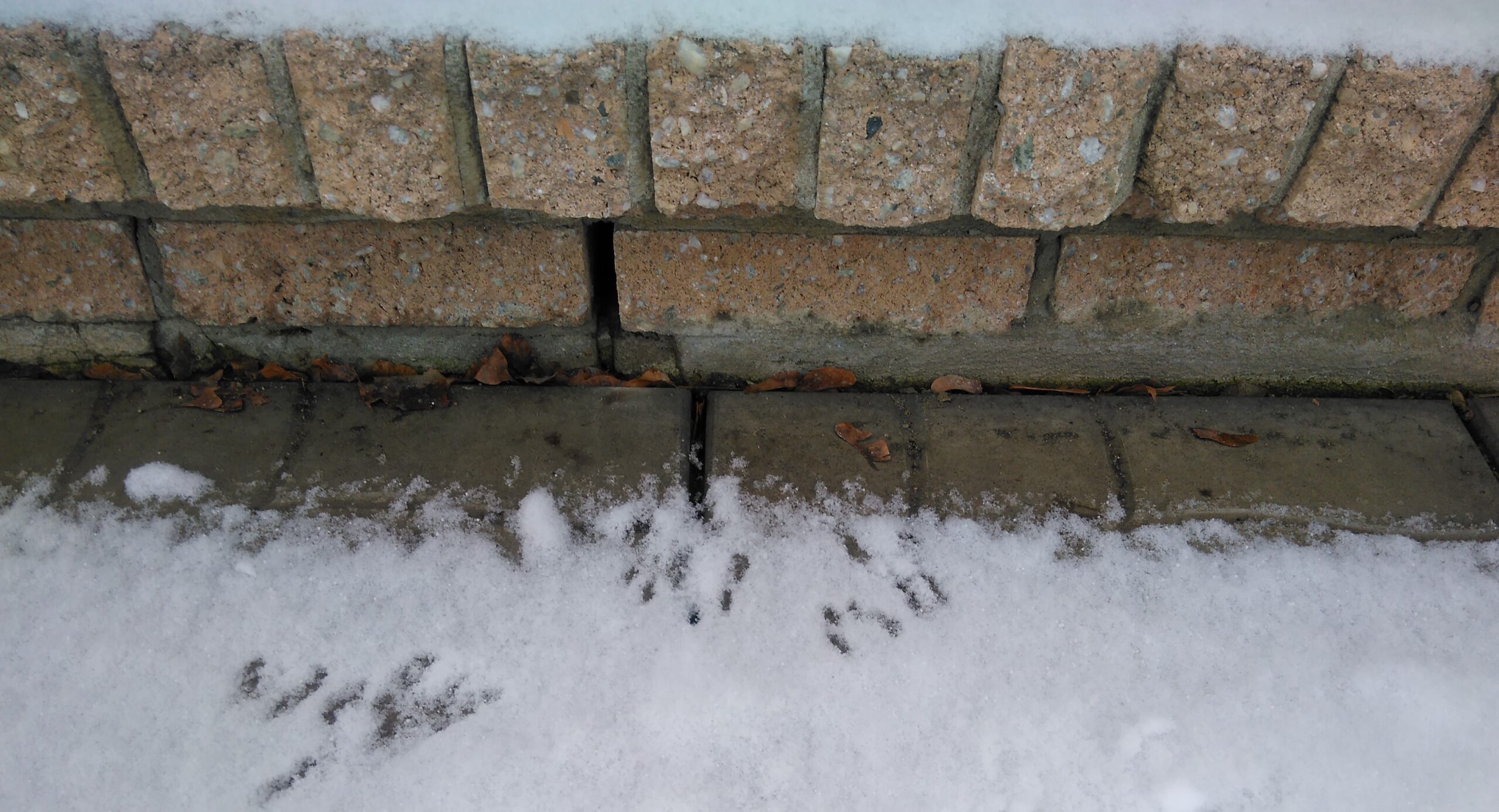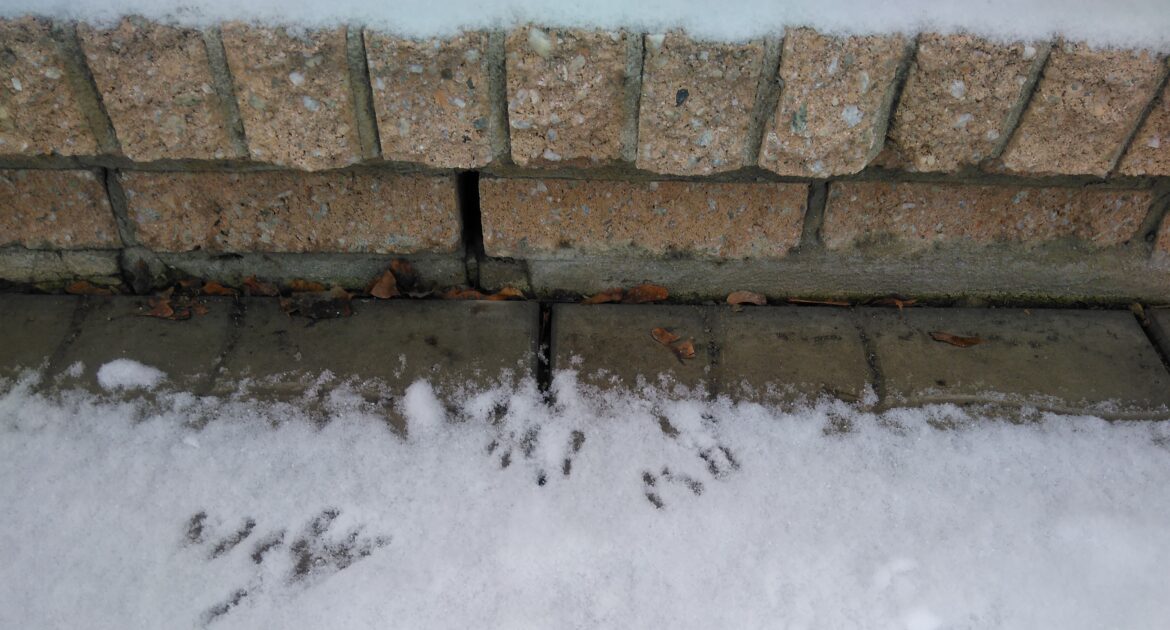Seasonal changes have a major impact on wildlife habitat, influencing where and when different animals choose to roam. Understanding how seasons affect wildlife is important for anyone interested in observing or managing animal populations. As the seasons change, so does the behavior of many species.
For example, during the warmer months of spring and summer, many animals become more active, leading to increased sightings as they search for food and mates. This is often when wildlife is most active, as plentiful resources make it easier for animals to find what they need to survive and thrive. In contrast, the cooler months of fall and winter can prompt a shift in behavior, with some animals migrating to warmer areas or hibernating to conserve energy.
These seasonal patterns can inform strategies aimed at wildlife management or conservation efforts, helping to create and maintain safe environments for both animals and people. By understanding these patterns, we can better predict and prepare for possible changes in animal behavior as the seasons shift, contributing to a harmonious balance between wildlife and human populations.
Spring Awakening and Its Impact
Spring brings a sense of renewal and growth as nature awakens from the dormancy of winter. For many animals, this is a time of increased activity and movement. With the warming temperatures, creatures begin to emerge from their winter sleep or migrate back to familiar territories. This seasonal change often coincides with the breeding season for numerous species, prompting them to seek suitable nesting sites. Homeowners may notice an uptick in animal presence as creatures like squirrels, raccoons, and birds look for safe places to raise their young.
The abundance of food sources during spring also encourages animals to explore beyond their usual habitats. Gardens, bird feeders, and garbage cans become attractive options for hungry visitors seeking nourishment after the lean months of winter. This increased foraging activity can lead to more frequent encounters between animals and humans, especially when food sources are readily available around homes. It is essential for homeowners to be vigilant during spring to minimize the risk of unwanted intrusions.
Skedaddle’s wildlife experts have found that taking proactive measures in spring can significantly reduce the likelihood of encountering animals. Sealing potential entry points, securing garbage, and removing food attractants are some of the steps homeowners can take to safeguard their homes. By understanding these seasonal behaviors, we can help homeowners create strategies to prevent unwanted guests.
When is Wildlife Most Active? Summer Bustle and Active Exploration
Summer is a vibrant season marked by long days and plenty of sunshine. During this time, animals are at their most active, taking advantage of the extended daylight hours to forage and explore. The abundance of food and favorable weather conditions encourage wildlife to roam further, often leading them to urban and suburban areas. This increased movement can sometimes bring animals into close proximity with human habitats, causing potential conflicts.
In summer, many animals focus on building fat reserves to prepare for the upcoming winter months. This drive for food can lead them to venture into residential properties in search of sustenance. Gardens with ripe fruits and vegetables, as well as outdoor pet food bowls, can become enticing targets. Homeowners need to be aware of these potential attractions and take steps to manage them to prevent animal intrusions.
Skedaddle’s experience highlights that implementing preventive measures during summer is crucial for keeping animals at bay. Regularly inspecting your property for signs of animal activity, maintaining clear boundaries, and minimizing food attractants can make a significant difference. By aligning our practices with the natural rhythms of animals, we can ensure a peaceful coexistence during this bustling season.
Autumn Preparations and Seeking Shelter
Autumn marks a transitional phase as animals prepare for the challenges of the approaching winter. With decreasing temperatures and shorter days, animals become more focused on finding secure shelter and gathering food supplies. This heightened urgency can drive them to seek refuge in warm and protected environments, including attics, basements, and sheds. Homeowners should be particularly attentive to any signs of animal presence as creatures attempt to establish safe havens for the winter.
The changing foliage in autumn can also have an impact on animal behavior, as fallen leaves provide cover for smaller creatures like rodents. The resulting increase in ground-level activity can sometimes lead to unexpected encounters with residents. Additionally, trees losing their leaves expose potential entry points to homes, making it easier for animals to find their way inside. This season calls for heightened vigilance and timely intervention to prevent unwanted intrusions.
At Skedaddle, we emphasize the importance of early detection and prevention during autumn. Conducting thorough inspections to identify vulnerabilities and sealing off potential entry points can help homeowners maintain control over their living spaces. By staying one step ahead of animal behavior, property owners can enjoy a worry-free autumn.
Winter Retreat and Survival Strategies
Winter poses unique challenges for animals as they face cold temperatures and limited food availability. To survive, many species adopt various strategies, such as hibernation, torpor, or migration. However, some animals seek refuge in human structures to escape the harsh conditions. This quest for warmth and protection often leads them to invade homes, resulting in potential disruptions for homeowners.
During winter, attics and crawl spaces become prime targets for animals seeking shelter from the cold. The warmth and insulation offered by homes make them attractive havens for creatures like bats, raccoons, and mice. Homeowners should be aware that even the smallest openings can serve as entry points, allowing animals to settle in unnoticed. Being proactive in identifying and addressing these vulnerabilities is key to maintaining a peaceful living environment.
Skedaddle’s humane approach to wildlife control prioritizes both the safety of homeowners and the well-being of animals. Our experts work diligently to safely remove intruders and implement effective exclusion techniques to prevent reentry. By addressing the challenges posed by winter, we help our clients maintain a harmonious balance between their homes and the natural world.
Year-Round Safety and Skedaddle’s Expertise
Homeowners can take practical steps throughout the year to minimize the risk of wildlife intrusions and ensure the safety of their properties. Regular maintenance and awareness of potential entry points are essential components of a comprehensive strategy. By staying informed about the seasonal behaviors of animals, homeowners can make informed decisions that align with the natural rhythms of the environment.
Skedaddle’s commitment to responsible and humane wildlife control sets us apart as a trusted partner for homeowners. Our experienced team employs innovative techniques to address wildlife challenges while respecting the delicate balance of nature. From exclusion and prevention to education and awareness, we provide tailored solutions that prioritize both the well-being of animals and the comfort of homeowners.
If you’re facing any challenges related to wildlife on your property, Skedaddle is here to help. Our expert team is equipped with the knowledge and tools to address your concerns effectively and efficiently. Contact us today to learn more about how we can assist you in maintaining a harmonious coexistence with the natural world.
Humane Safeguards for Your Home
Understanding how seasonal changes impact wildlife intrusion patterns is crucial for homeowners seeking to protect their living spaces. By recognizing the ways in which different seasons influence animal behavior, you can take proactive measures to prevent unwanted encounters. From sealing entry points to managing food attractants, there are practical steps you can take to ensure a safe and harmonious coexistence with the natural world.
At Skedaddle, we are dedicated to providing expert wildlife control services that prioritize the well-being of both homeowners and animals. With our experience and commitment to humane practices, we offer effective solutions that address your specific needs. If you’re ready to safeguard your home from wildlife intrusions, reach out to us today and let’s work together to create a peaceful environment for you and your family.




